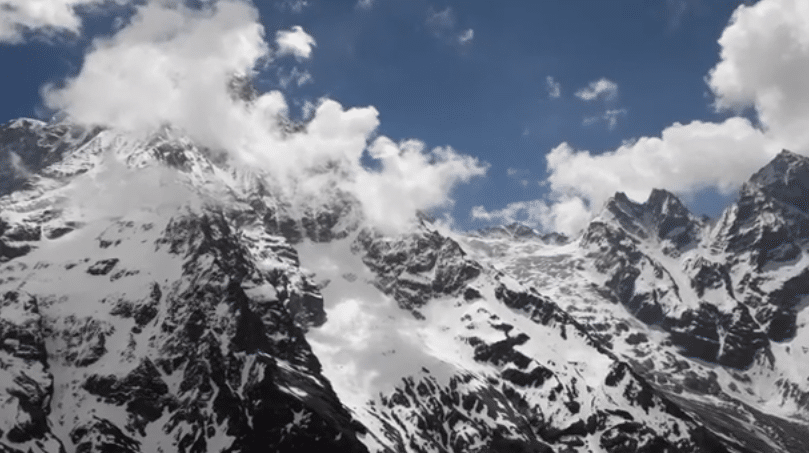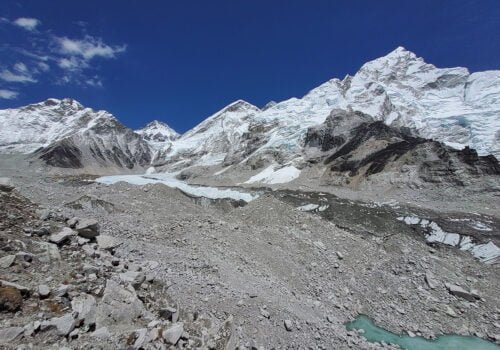Ascent 5 New Peaks of Jugal Himalayan Range
13 Jun 2023 2 min to read

Good News for all mountaineers. Ascent 5 New Peaks of Jugal Himalayan Range as the government has officially opened them for mountaineering. The government has formally declared the Himalayan peaks open for commercial mountaineering by publishing the announcement in the official gazette.
The Jugal Rural Municipality in Sindhupalchowk is located approximately 90 kilometers northeast of Kathmandu. The 5 new peaks accessible for mountaineers are Jugal 1 (6,591m), Jugal 2 (6,518m), Jugal 3 (6,184m), Jugal 4 (5,936m), and Jugal 5 (5,922m). With this announcement, there are now 419 mountains open for climbing. Despite the opening of 419 Himalayan peaks for climbing, mountaineering activities are focused on a few popular peaks like Sagarmatha (Mount Everest), leaving lesser-known peaks with lower expedition participation.

Gyajin Himal (6,151 meters) in the Jugal Himal range was successfully climbed in 2019. These peaks are relatively close to Kathmandu. It serves as an ideal training ground for aspiring climbers before attempting more challenging ascents in the high Himalayas. Additionally, it has been revealed that there are 8 more peaks above 6,000 meters in the Jugal Himal range. The local government has been actively promoting Jugal as a tourist destination in recent times.
In the spring season of 2023, the Department of Tourism issued permits to 136 expedition teams for climbing 28 Himalayan peaks, allowing a total of 176 climbers to embark on their expeditions. Notably, Sagarmatha (Mt. Everest) received the highest number of permits, with 478 climbers from 47 expedition teams granted approvals. The government has expressed its commitment to gradually open up more mountains for climbing, considering their feasibility.

The government’s decision to open new peaks for climbing is indeed positive news. However, the government needs to prioritize the creation of a safe environment for climbers. It is equally important to promote lesser-known peaks alongside Nepal’s renowned peaks. Additionally, implementing appropriate laws that consider the environment, mountaineers, and local communities is vital. Such laws should encourage mountaineering activities while also positively benefiting the local communities.





